UPDATE3 UK Budget 2017 – 5G and £200m More for Full Fibre Broadband
The Government’s Chancellor of the Exchequer, Philip Hammond MP, has today given his first major Budget 2017 speech and announced several improvements for broadband connectivity in the United Kingdom, including boosts for 5G Mobile and another £200m for “full-fibre” (FTTH/P) networks.
Several significant broadband infrastructure related developments have happened since last year’s budget, not least of which was last November’s announcement of a major new fund for “full fibre” (FTTH/P) based alternative network providers (AltNets). We’ve done a quick summary of the current situation below.
Summary of Current UK Broadband Developments
* The £1.7bn Broadband Delivery UK programme still expects to put fixed line “superfast broadband” (24Mbps+) networks within reach of 95% of premises by the end of 2017 (note: quite a few related projects will slip a little into 2018) and then 97% by 2020. Openreach (BT) hold most of the contracts but a few AltNets are also involved in the later stages (Gigaclear, Call Flow etc.). The estimated level of current coverage is 92%.
* The proposal for a legally-binding Universal Service Obligation (USO) for broadband, which would offer a 10Mbps minimum download speed to all by 2020, is still progressing. However the House of Lords recently voted to boost this to 30Mbps (6Mbps uploads), although we doubt that this higher target will survive (here).
* The sovereign-backed £40bn UK Guarantees Scheme has been extended until 2021, which reflects investment that Virgin Media and Openreach (BT) can call upon as part of their plans to expand the coverage of “ultrafast” (100Mbps+) class broadband services to around 60-70% of the UK.
* £400 million has been provided for a new Digital Infrastructure Investment Fund (DIIF), which must be matched by private finance, to invest in new “full-fibre” networks over the next 4 years, helping to boost AltNets and push FTTH/P capable connectivity out to around 2 million more premises by 2020. Details.
* A 100% business rates relief for new full-fibre infrastructure for a 5 year period from 1st April 2017, although the advantages of this may be more than neutralised by the government’s hike in existing rates (here).
* The Government is still pushing for 4G based Mobile to reach 98% landmass coverage by the end of 2017 (from at least one operator and EE seems like a logical bet) and they’re also providing funding for a coordinated programme of integrated fibre and 5G trials. The first commercial 5G roll-outs aren’t expected to begin until 2020 and Ofcom is working to finalise the necessary radio spectrum bands for this.
* Various local voucher / subsidy schemes are still on-going to help those areas that suffer slow broadband speeds (examples) and which won’t benefit from any of the other projects mentioned above.
* Ofcom’s Strategic Review is also attempting to boost competition by making Openreach more independent and giving rivals greater access to BT’s national network of fibre optic cables and cable ducts/poles (here). Not to mention improving the overall quality of service and greater information sharing.
* The Government are also proposing various other broadband related measures through their Digital Economy Bill 2017, such as automatic compensation from ISPs for service faults, improved / cheaper access to build new infrastructure on private land (ECC) and more enhancements for consumer switching.
On top of that Scotland is currently putting together a plan for delivering 100% “superfast broadband” (30Mbps+) coverage by 2021 (here) and Wales hopes to achieve something broadly similar by 2020 (here). Mind you all of the recent changes have rather left the central UK Government with precious little in the way of new developments to announce in today’s Budget, yet there were a few.
Budget 2017 (Broadband Developments)
Recently there have been hints that the Government might introduce a new rural broadband voucher scheme and the previous Autumn Statement 2016 also promised further details on the strategy for future 5G based Mobile Broadband technology (this will not be ready to roll-out until around 2020). Today both of those were confirmed.
Firstly, business rates. Despite the tax holiday being offered on new fibre optic networks (see above), many of the largest developers of broadband infrastructure (BT, Virgin Media, Cityfibre etc.) have still warned that the forthcoming April 2017 rate hike for existing fibre infrastructure would ultimately be much more damaging (here).
In response Philip Hammond agreed that the Government had to “find a better way of taxing the digital part of the economy” and hinted at measures to reduce the impact of the business rates hike in April 2017, although it’s currently unclear whether or not this would benefit fibre optic developers. A related consultation is due to be published soon, which should clarify the Government’s plan.
Elsewhere £16 million was promised to help setup a new 5G Mobile technology hub in order to support its development and, most importantly, a further £200 million has been set aside for “local projects to leverage private sector investment in full-fibre broadband networks.” This is being targeted at both homes and businesses. Details below.
Budget 2017 – New Commitments
4.19 5G – The government’s 5G Strategy, published today, sets out steps for the UK to become a world leader in the next wave of mobile technology and services. This includes:
• a new National 5G Innovation Network to trial and demonstrate 5G applications. The first phase will invest up to £16 million in a cutting edge 5G facility with the technology to run the trials, delivered through cooperation between leading 5G research institutions. A new centre of 5G expertise within government will oversee this programme, working with public and private sector partners. Funding for future trials will be awarded on a competitive basis.
• the government’s response to the National Infrastructure Commission’s Connected Future report and recommendations on 5G. This will include developing commercial options for improving coverage on roads and rail, and working with Ofcom to ensure the UK has a regulatory environment fit for 5G.
4.20 Full-fibre broadband – Starting in 2017, the government will invest £200 million to fund a programme of local projects to test ways to accelerate market delivery of new full-fibre broadband networks. These will combine the following approaches:
• bringing together local public sector customers, to create enough broadband demand to reduce the financial risk of building new full-fibre networks.
• offering full-fibre broadband connection vouchers for businesses, to increase take-up of services where new networks are built through the programme.
• directly connecting public sector buildings, such as schools and hospitals. This will bring fibre closer to more homes and businesses, allowing them to be connected.
• opening up public sector assets, such as existing ducts, to allow fibre to be laid more cheaply.
The Government also confirmed that their previously announced Digital Infrastructure Investment Fund will be launched this spring 2017, which as stated earlier aims to commit £400 million that must be at least matched by private sector investors, and will “accelerate the deployment of full-fibre networks by providing developers with greater access to commercial finance“. This is separate from the £200m mentioned above.
Meanwhile we must remember that the European Commission (we’re still full members of the EU for around 2 more years) has proposed a new target for “all European households” to get a minimum Internet download speed of 100Mbps+ by 2025, with businesses and the public sector being told to expect 1Gbps+ (here).
The EC’s proposal is still being developed and would not be mandatory. On top of that many EU countries are still a long way from achieving the original Digital Agenda for Europe strategy, which aimed to ensure that every home could access a 30Mbps+ broadband connection by 2020 (plus 50% subscribed to a 100Mbps+ service). However the UK will get closer than most to hitting this target on time (here).
Despite Brexit, it would be a shame if the UK chose not to be as ambitious as the EU, although we suspect that the Government may not be able to formulate a concrete policy on this until after Ofcom has reached a Strategic Review deal with BT (or manages to force their changes through).
Setting aside on-going disputes over Openreach’s (BT) pensions and governance structures, the regulator is keen to try and squeeze a greater FTTP commitment out of the national operator. So far BT has only committed to 2 million 1Gbps capable FTTP premises and 10 million via 300Mbps G.fast by 2020, with both later combining to cover “most of the UK” by 2025.
Budget 2017 Documents
https://www.gov.uk/government/topical-events/spring-budget-2017
UPDATE 2:33pm
The Government’s new 5G Strategy has now been published (full details), which is quite wordy and a bit presumptuous given that we don’t actually know precisely what the mobile operators will end up rolling out (5G tech is still going through R&D and that makes building a plan very difficult). Otherwise it does act as a useful summary of the current position and future expectations.
Meanwhile we’ve had a few comments on today’s budget.
Peter Kelly, Managing Director of Virgin Media Business, said:
“The return of the small business voucher scheme is a smart move. SMEs are the engine room of Britain’s economy. The scheme will help entrepreneurs realise their full digital potential, boosting productivity.”
Steve Holford, Chief Customer Officer of Hyperoptic, added:
“We welcome the news that the Chancellor will be providing £200m for local projects to leverage private sector investment in full-fibre broadband networks – the more the government commits, the faster companies like us can rollout ultrafast broadband services. Full fibre connectivity enables limitless possibilities, supporting enterprise, the increasingly digital dependent economy, digital inclusion and our overall quality of life. It’s refreshing that the government rhetoric on the UK’s broadband infrastructure is moving on from ‘making do’ to ‘making it better.’”
Daniel Lyons, Indirect Tax Partner at Deloitte, said:
“The Chancellor has announced the introduction of UK VAT on roaming telecoms services used and enjoyed outside the EU, raising £65 million in a full year.
This will create an extra VAT cost in relation to mobile telephone use – including data – where the device is being used outside of the EU. Under current VAT rules such charges to individuals do not incur UK VAT. Going forward 20 per cent VAT will apply.
With the UK’s impending exit from the EU it had been envisaged that VAT-free roaming would also apply to use and enjoyment of devices in the remaining EU member states. However, the Chancellor’s announcement today shows this is unlikely to be the case.
This will increase the cost for UK consumers using mobile devices outside of the EU.”
Separately we note that a new consultation page related to business rates has appeared on the Government’s website – ‘Reforming business rates appeals: draft regulations‘ – but at the time of writing they haven’t added any content to it.
UPDATE 4:05pm
Statement from Spectrum Internet:
“Spectrum Internet is pleased by today’s budget announcement of an additional £200 million in funding for full-fibre broadband networks and we look forward to seeing more public sector infrastructure being made available. We are frustrated that many public sector contracts for connectivity are being awarded to national providers rather than the “alt-net” community.
Public sector clients have the ability to act as anchor tenants on new infrastructure deployments, for instance with contracts such as the welsh PSBA which was awarded to BT, and we feel that this doesn’t encourage competition for infrastructure.”
Mark is a professional technology writer, IT consultant and computer engineer from Dorset (England), he also founded ISPreview in 1999 and enjoys analysing the latest telecoms and broadband developments. Find me on X (Twitter), Mastodon, Facebook and Linkedin.
« Q4 2016 – Average World Internet Speeds Top 7Mbps as UK Rises to 16.3Mbps
Latest UK ISP News
- FTTP (5570)
- BT (3525)
- Politics (2548)
- Openreach (2308)
- Business (2278)
- Building Digital UK (2250)
- FTTC (2049)
- Mobile Broadband (1985)
- Statistics (1796)
- 4G (1675)
- Virgin Media (1633)
- Ofcom Regulation (1472)
- Fibre Optic (1405)
- Wireless Internet (1398)
- FTTH (1382)
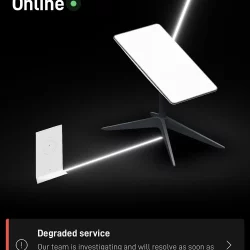
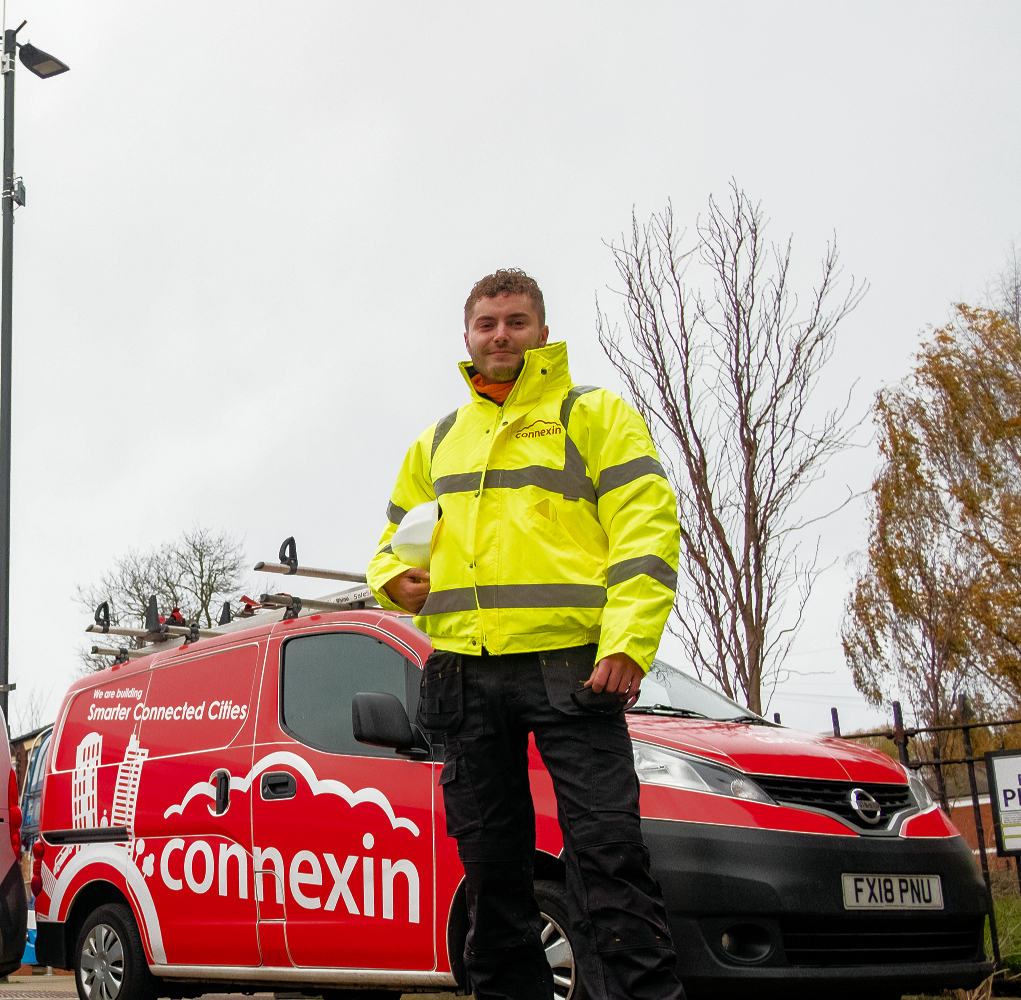
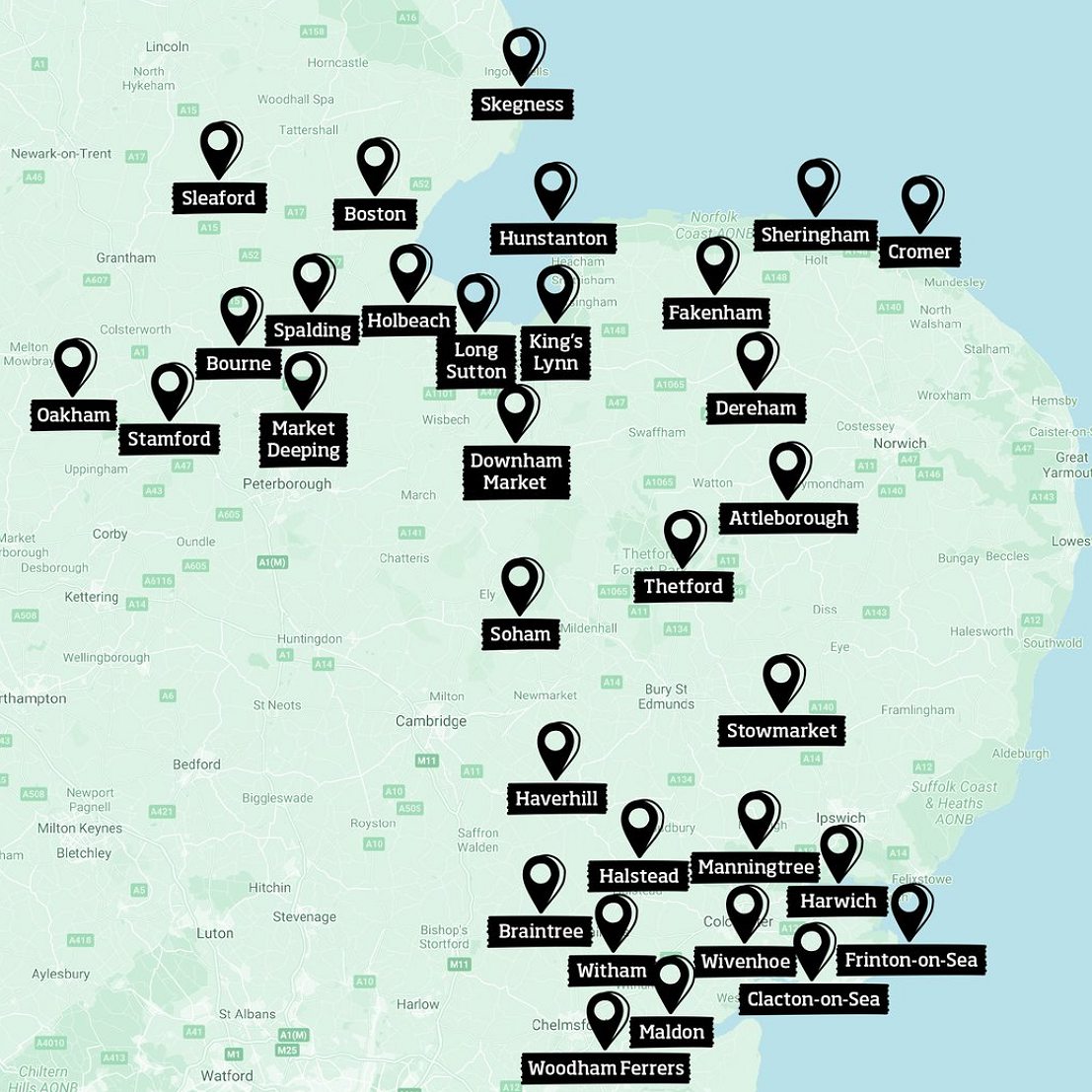


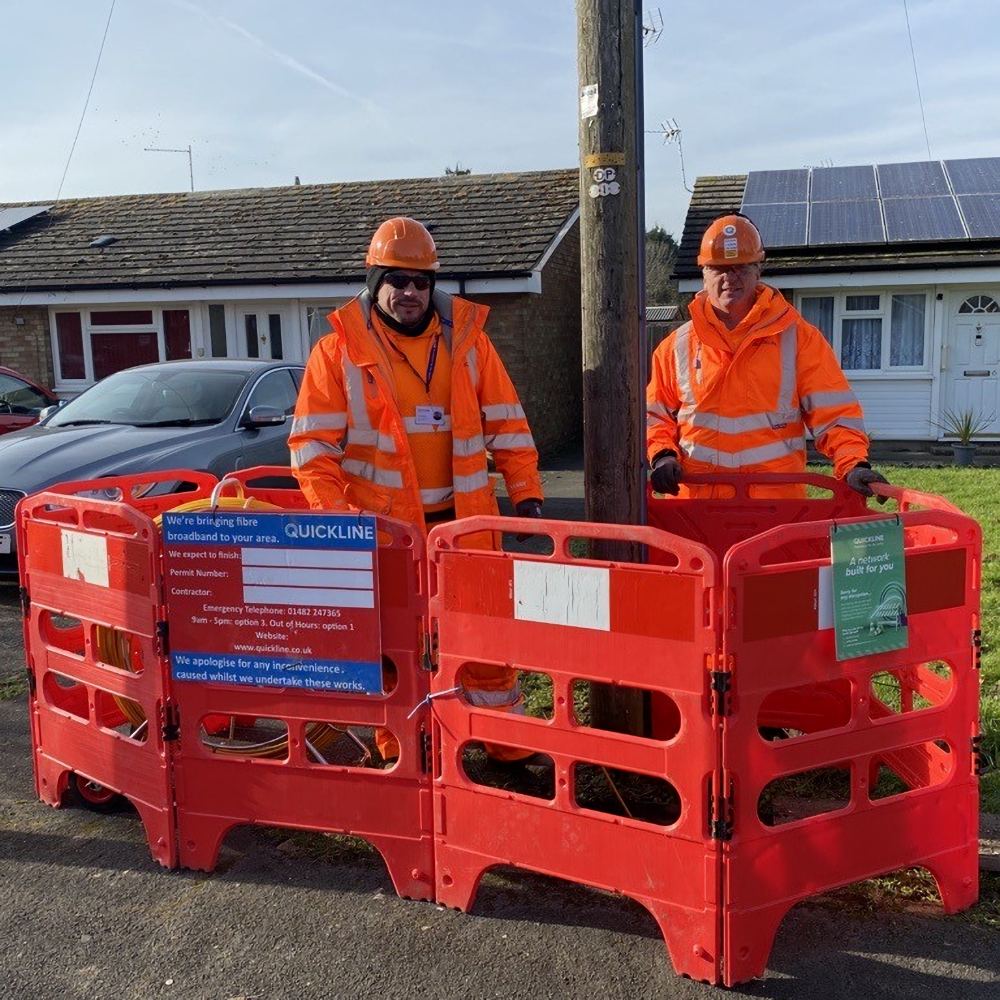











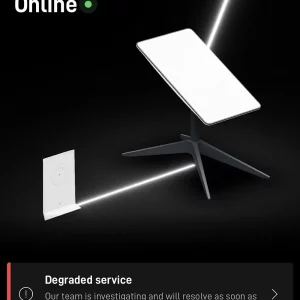
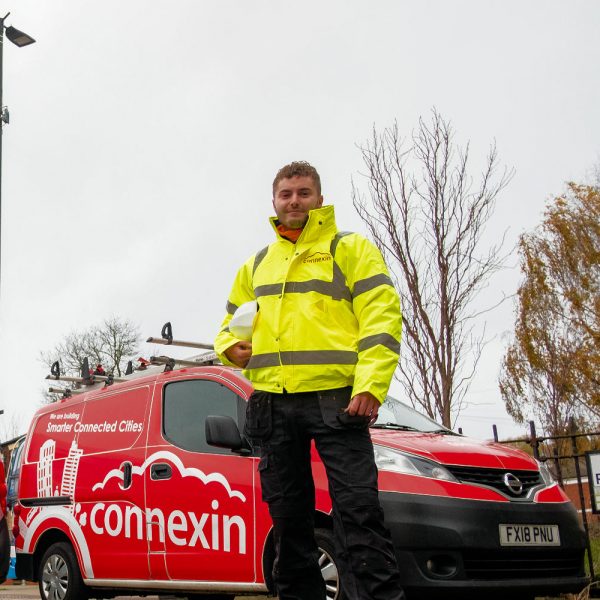
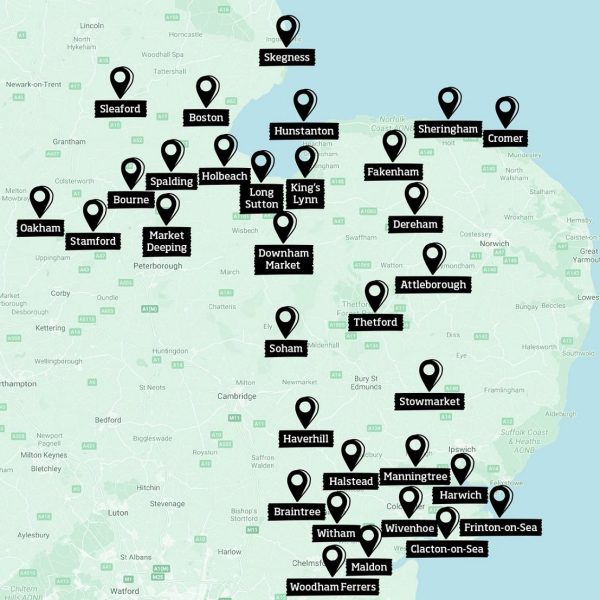

































Comments are closed